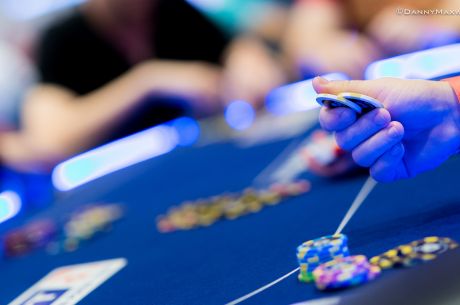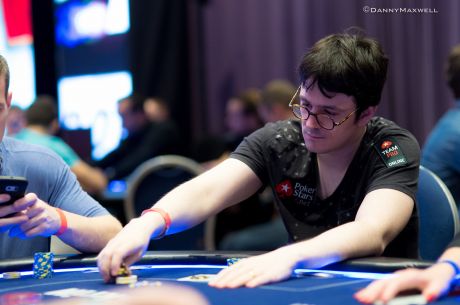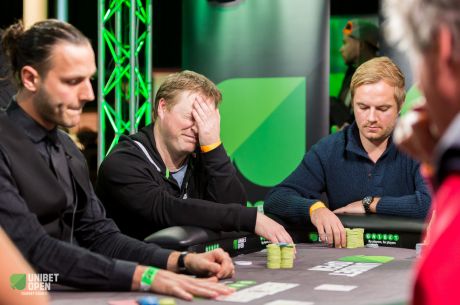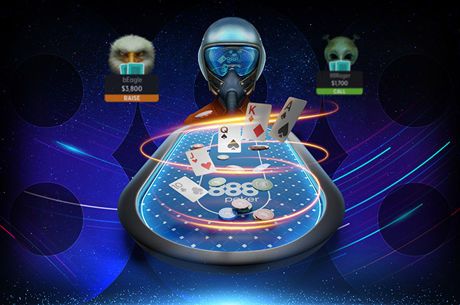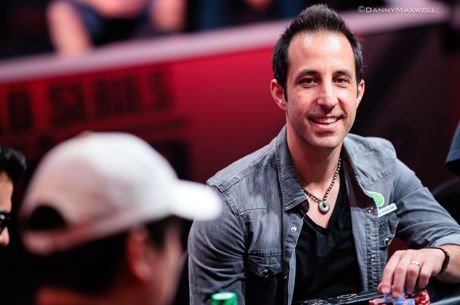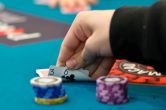Using Your Own Hand Ranges to Guide Decisions Against Unknown Opponents
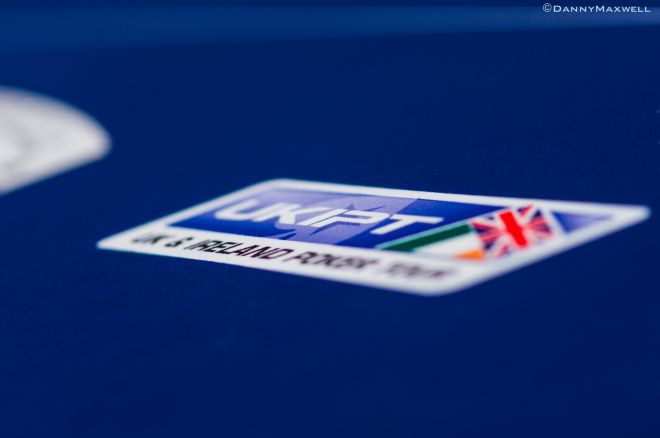
If we don’t know much about our opponents, thinking about our own ranges can often guide us. Playing an event at UKIPT Bristol, I had two opportunities to do just that.
First Principles
Situations in multi-table tournaments can be very complicated. Stacks alone can vary in endless arrangements, making hard work even for supercomputers to find solutions. And with tables breaking and a sometimes unfamiliar player pool, getting reads on opponents can be a challenge sometimes as well.
When I don’t know my opponents, a main assumption I follow is to use my own ranges to guide my action. One example of this would be to raise with hands that are not quite good enough with which just to call in situations where I can have strong hands (with which I would also want to raise).
Against skillful (but unknown) opponents, this can solve the problem of trying to make a read on unreliable or insufficient information. Here are the two hands from the tournament where I took this approach.
Hand 1: Devalued Straight Draw
The blinds were 75/50 with most players still near the 25,000-chip starting stacks. A player in middle position raised to 350, a late position player called, and I called with my big blind discount and 6x5x-offsuit.
The flop came 10x7x4x with two clubs and a heart. It checked to the late position player who bet 400 into 1,125 and I called. The initial raiser folded.
The turn was an offsuit Jx. My hand already had dirty outs on the flop. I had an open-ender on a flush draw board where I wouldn’t make the nuts on an offsuit eight. Check-calling another bet out of position with six-high was probably not going to be a great idea. On the turn, then, my hand had moved over into the “not good enough to check-call” category.
I checked and when my opponent bet 950, I raised to 3,100 and took it down.
Let’s go back and consider my own range of hands here as part of the process for selecting candidates for the check-raise on the turn.
In this hand there were other hands that I probably could have check-called that 10x7x4x flop with that couldn’t check-call the turn — 5x4x, 4x3x, and Ax4x are great examples. Even a hand like 7x6x has a tough time check-calling this turn. 8x6x is not in a similar situation to my 6x5x. What about a 3-high flush draw?
Remember, I have at least 16 combinations of hands that definitely, absolutely want to raise this turn — the 16 combinations of 9x8x.
To balance those raises, I think we should check-fold the 4xXx and 7x6x-type hands, as they are going to have an impossible time on the river, raising or calling. Meanwhile our semi-bluffs should mainly come out of the 6x5x, 8x6x, and 3♣2♣ set of hands.
We would like to have some equity if called. Unless our opponent has 9x8x already, 6x5x is going to have outs against most hands. Against some it will have eight outs, versus others just three outs. A hand like 5x4x could be drawing dead against a hand with which our opponent bet-calls the turn, like Jx10x.
Hand 2: This Hand Plays Itself
A little later we were at 100/200/25 when an early position player raised to 450 and another player on the button called. I was again in the big blind and called with K♦10♣, and the three of us — all with stacks around 20,000 — saw a flop come 9♦6♦3♣.
Action checked around, then the turn brought the J♦, giving me a straight draw, a flush draw, and an overcard. I bet 700, the initial raiser called, and the button folded.
The river was the A♣ and I checked. The initial raiser bet 1,500 and I raised to 4,800.
After some time in the tank my opponent said “I was going to do something really stupid,” showed the A♦, and folded.
Preflop, we know we must accept the odds we’re getting and call. There are antes in the pot and there is no reason to reraise our middle-strength hand with deep stacks and from out of position against two players.
Our must-call preflop leads to a flop check. While I suppose a case could be made for leading this board, even if we have a leading frequency K♦10♣ will perhaps not make the cut.
On the turn we have a strong enough semi-bluff to bet. We can value bet a king river, any diamond river, or any queen. We might take it down here and now or we might realize our equity. By setting a price of 700 to win 1,500, it seems hard to go wrong.
Now the ace on the river is not our card. In fact, many of the hands with which our opponent does not bet the flop but then calls this turn will have the A♦. And now he is betting the river on top of that. It really looks like he has the A♦ in hand, perhaps as much as A♦Jx.
Think back to what we might have — to our own range, here. If we had the A♦ in our hand, we would either have a hand strong enough to merit calling or we would have the nuts. Thus the K♦ is the strongest card — or the best blocker if you prefer — that we can have that also cannot call.
Do we have value hands that raise and counterbalance us? Yes. We should check all our flushes on this river. Since our opponent looks to have hands that can value bet, — from A♦K♣ to the stronger A♦Jx — check-raising 10♦7♦ for value will be the best option, buttressing our bluffs.
Conclusion
I had no working knowledge of my opponents in either of these hands. I navigated each situation, largely, by finding where the hand I actually held was along my range of possible hands. Next time you find yourself in these situations where you can’t call but your range includes hands with which you could raise, consider raising.
Want to stay atop all the latest in the poker world? If so, make sure to get PokerNews updates on your social media outlets. Follow us on Twitter and find us on both Facebook and Google+!

